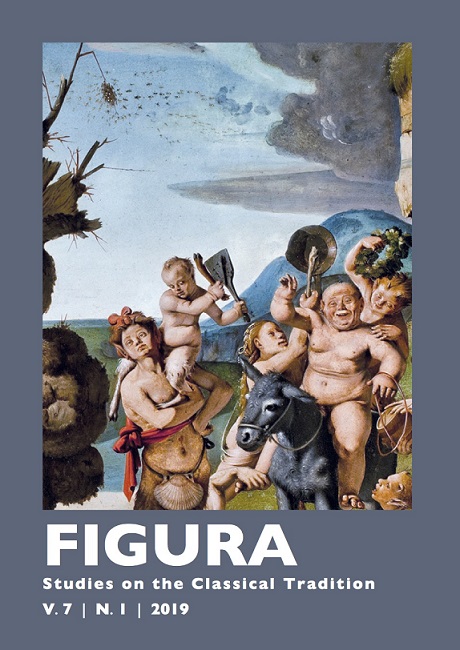Abstract
The still-lifes painted after the Protestant Reformation in the Low Countries recorded many insects, including wasps and hornets. This work sought to understand how the images of these insects were represented in such paintings, between 1600 and 1715, identifying the taxa and biological traits represented, and defining their iconological roles. In the 41 paintings selected, 47 representations of wasps and hornets were recorded and 30 taxa were identified. Wasps and hornets were painted mostly over the flowers and food. These insects appear in some paintings, mainly the forest still-lifes of Abraham Mignon, as possible representations of demons in a context similar to the Last Judgements, a style of Christian painting very common in the Western Europe. In the selected still-lifes of Georg Flegel and Balthasar van der Ast the presence of these insects act as an alarm against some addictions, such as the excessive consumption of sugary foods, the collectionism of futilities and the excessive wealth in everyday life, the wasps and hornets also have the function of remember of and represent the punishment suffered by those who allow themselves to be led by such vices.

